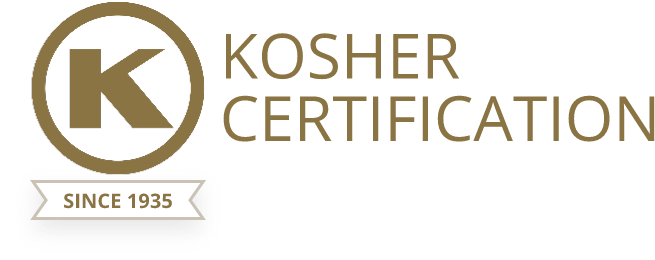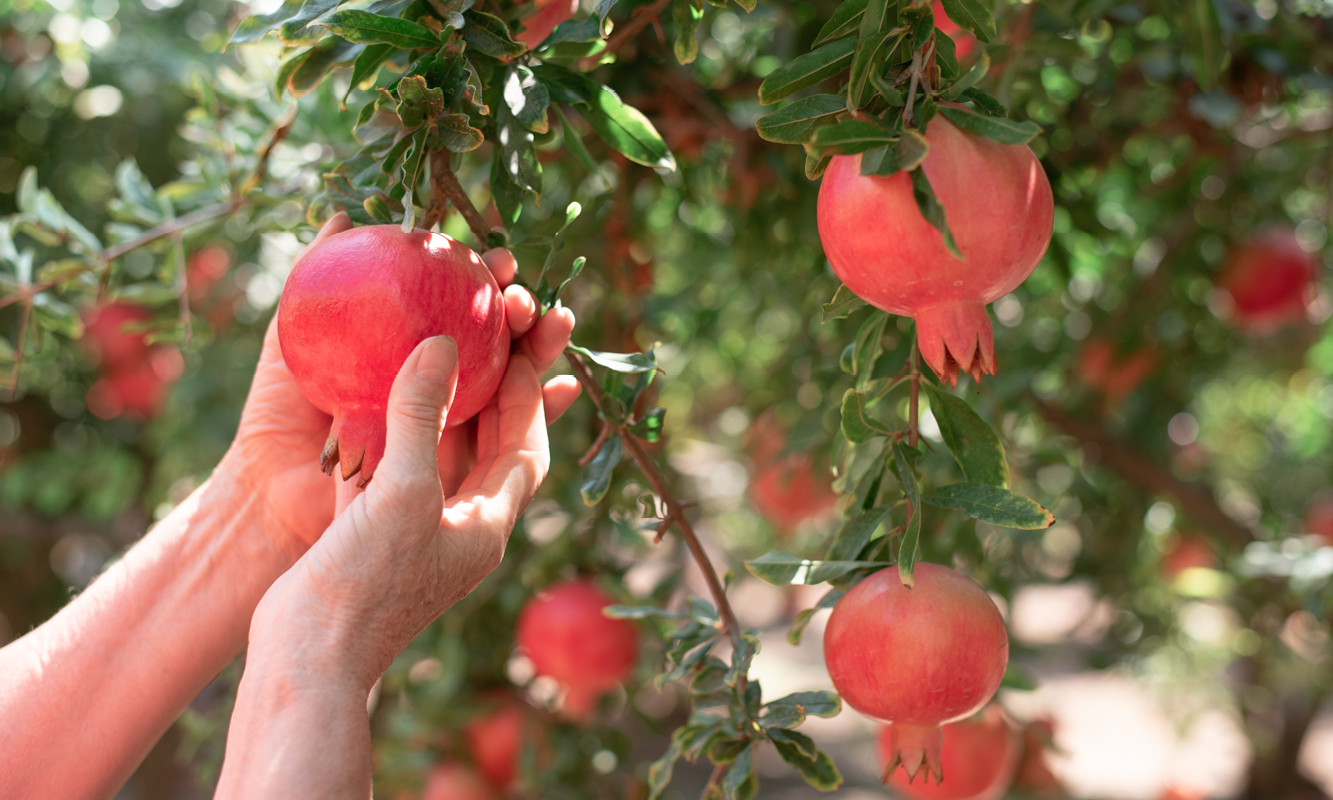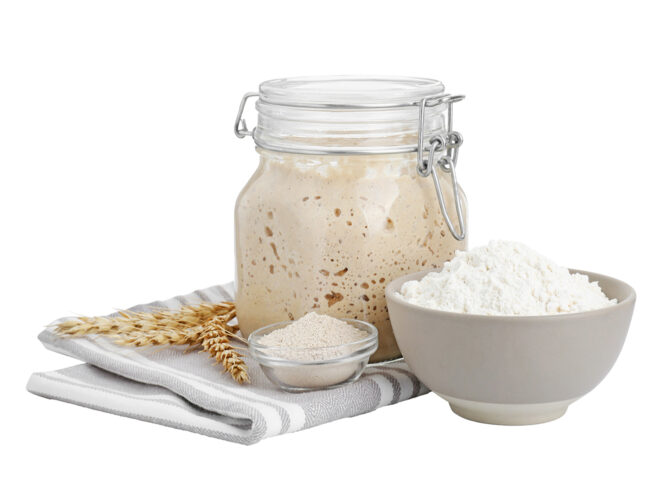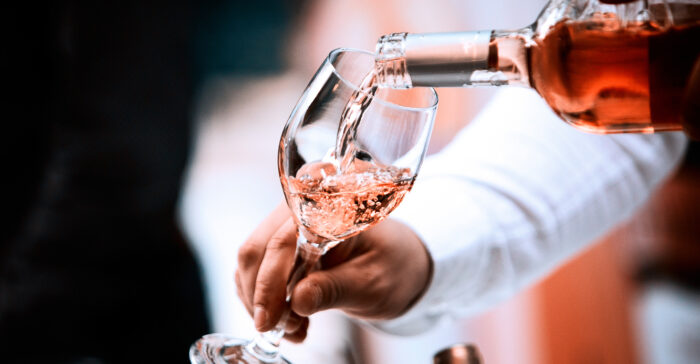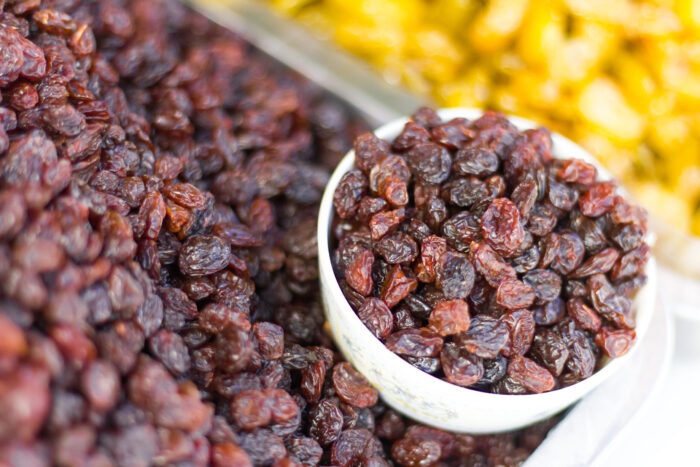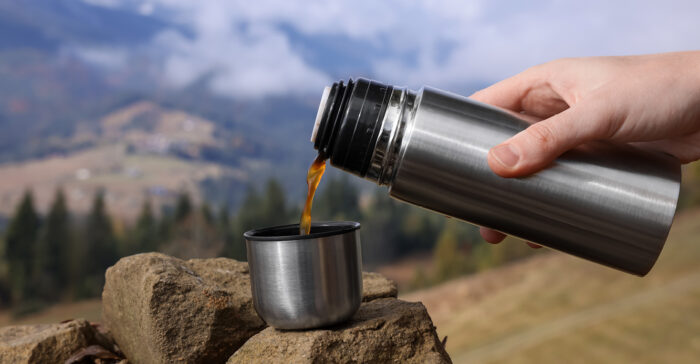| FRESH FRUITS AND VEGETABLES do not require a hechsher, except when grown in the biblical confines of Eretz Yisroel. Due to the Halachos of orlah, shemittah, terumah, and maaser, produce from Eretz Yisroel must have a reliable hechsher to ensure these requirements have been addressed.
Occasionally, Israeli produce without a hechsher appears in local supermarkets. In such cases, one needs to make sure the Halachos are properly fulfilled before eating the produce. Categories of Terumah and Maaser Below, we provide general guidelines on how to separate terumah and maaser on produce from Eretz Yisroel. However, we strongly recommend consulting a knowledgeable Rav before performing this procedure to ensure accuracy. Before detailing the process, it is essential to understand the different types of terumah and maaser that must be separated: The Procedure for Separating Terumos and Maaseros NEXT, SLIGHTLY DAMPEN your fingers and touch the portion of the produce you plan to separate as terumah. This imparts tumah onto it, which allows it to be properly disposed of later. THEN, SEPARATE SLIGHTLY more than 1% of the produce and set it aside. This portion will serve as both terumah gedolah and terumas maaser. Although a brocha is typically recited at this stage, it is omitted in this case due to the possibility that someone in the supply chain may have already performed the separation (Safeik Brochos Lehakel). NEXT, TAKE A COIN and place it before you. This coin will be used to redeem the maaser sheini and neta revai. The coin must be a valid currency in your country. In the US, a dime is recommended, as it satisfies the various Halachic opinions regarding the minimum value required. NEXT, A SPECIFIC DECLARATION is recited, which can be found in the siddur. THE SEPARATION PROCESS is now complete and the remaining produce (excluding the separated portion) may be eaten. The separated portion, which is classified as terumah temei’ah, should be double-wrapped and discarded. The coin used for redemption now has the kedushah of maaser sheini, so it must also be disposed of. Since the coin retains holiness, it is essential to ensure that it is never used again. The best practice is to damage it. To guarantee its permanent loss, flushing it down the toilet is recommended. Is the Produce Orlah? Outside of Eretz Yisroel, there is no concern for orlah unless one is certain that the fruit comes from a tree within its first three years. In cases of doubt (safeik orlah), the fruit is permitted. However, when dealing with fruit from Israel, even the possibility that it may be orlah renders it forbidden. There is no way to rectify such produce, so it must be discarded. Consumers should research the product or consult a Rav to determine whether orlah is a concern. For a lengthy discussion of the Halachos of orlah, click here. Is the Produce from Shemittah? |

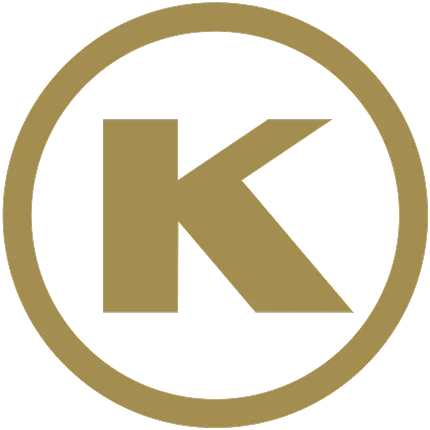
 EN
EN  ZH
ZH  KR
KR  BR
BR  ES
ES  IN
IN  IL
IL 